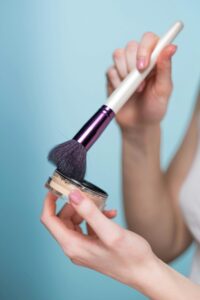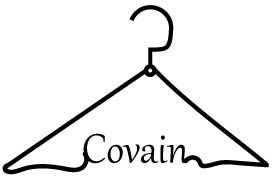
Introduction
In recent years, the beauty industry has seen a significant shift towards clean and sustainable beauty products. With a Guide to Buying Clean Makeup products you will understand more about the ingredients to look out for. As consumers become more conscious of what they put on their skin, the demand for clean makeup has surged. Clean makeup is characterized by formulations that prioritize natural, non-toxic, and environmentally friendly ingredients. Here’s a guide to help you navigate the world of makeup and the key ingredients to look for.
Mineral Pigments:
- Clean makeup often utilizes mineral pigments derived from natural sources such as iron oxides, zinc oxide, and titanium dioxide. These minerals not only provide vibrant colors but also offer sun protection, making them an excellent choice for foundation, eyeshadows, and blush.
Botanical Extracts:
- Look for makeup products enriched with botanical extracts like chamomile, green tea, aloe vera, and calendula. These extracts have soothing and nourishing properties, providing hydration to the skin while imparting a radiant glow.
Natural Oils:
- Clean makeup formulations often incorporate natural oils like jojoba oil, coconut oil, and argan oil. These oils hydrate the skin without clogging pores, leaving your complexion looking dewy and fresh.
Beeswax or Carnauba Wax:
- Beeswax and carnauba wax are common in clean makeup products, especially in lip balms and eyeliners. These natural waxes create smooth textures, ensuring easy application while locking in moisture.
Shea Butter:
- Shea butter is a popular ingredient in clean makeup for its moisturizing and nourishing properties. It helps maintain skin elasticity, making it a great addition to products like foundation and concealer.
Kaolin Clay:
- Kaolin clay is a gentle, natural clay that is often found in clean makeup products like powders and masks. It helps control excess oil, making it suitable for individuals with oily or combination skin. Read more about Kaolin Clay Skin Benefits.
Hydrosols and Floral Waters:
- Instead of synthetic fragrances, clean makeup may use hydrosols or floral waters derived from plants like rose, lavender, or chamomile. These natural scents provide a subtle aroma without the use of potentially irritating artificial fragrances.
Vitamin E:
- Vitamin E is a powerful antioxidant commonly found in clean makeup products like concealers and lipsticks. It helps protect the skin from free radicals, promoting a youthful and healthy appearance.
Non-Nano Particles:
- Look for makeup with non-nano particles, especially in products containing zinc oxide or titanium dioxide. Non-nano particles are larger and are less likely to be absorbed into the skin, offering effective sun protection without potential health concerns. Learn and understand what Non-Nano Particles are on a deeper level.
Conclusion
Choosing clean makeup goes beyond aesthetics; it’s a commitment to healthier, more sustainable beauty practices. By being mindful of the ingredients in your makeup products, you not only enhance your natural beauty but also contribute to a cleaner and greener beauty industry. Models need to be extra cautious of the products they use since they are constantly having others do their makeup for a shoot and often aren’t using clean products. Make sure to choose clean products when you have the choice on set and at home. Embrace the power of clean makeup and let your beauty shine through, naturally.
Author: Danielle N. Mott
